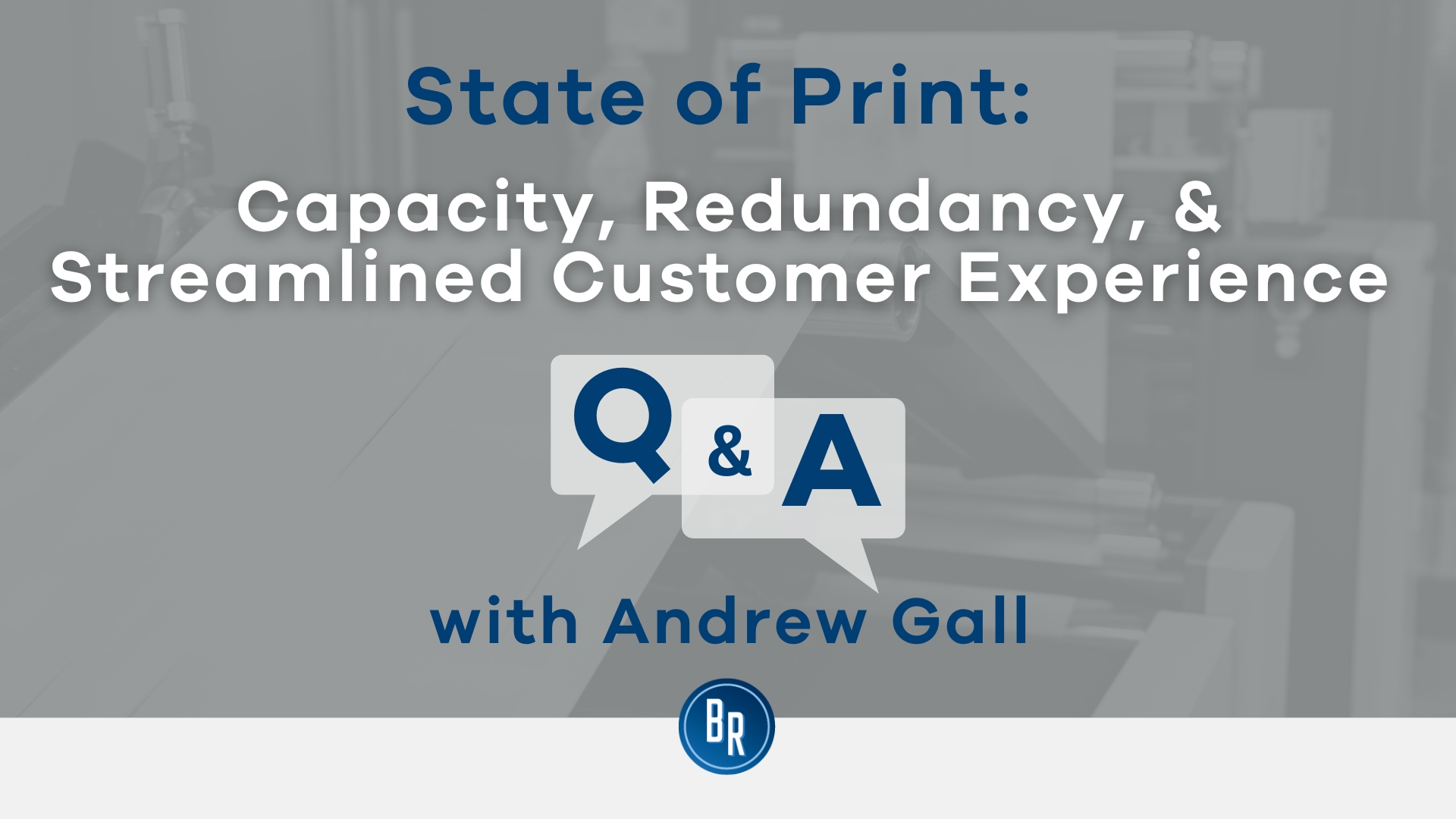Redundancy Pay If Company Goes Bust: Comprehending Your Privileges in the UK
Redundancy Pay If Company Goes Bust: Comprehending Your Privileges in the UK
Blog Article
Examining the Interaction Between Business Redundancy and Organizational Flexibility for Future Growth
In the dynamic landscape of today's service globe, the detailed connection between company redundancy and business adaptability emerges as a vital variable for sustained development and success. Business typically encounter the difficulty of striking a delicate equilibrium between keeping a degree of redundancy to reduce risks and cultivating versatility to react swiftly to the ever-evolving market demands.
Value of Company Redundancy
Company redundancy is a crucial component that enhances business durability and reduces operational risks. By including redundancy measures within the organizational framework, business can better stand up to unexpected disturbances and variations in business environment. Redundancy serves as a calculated buffer, enabling companies to adapt and respond effectively to unanticipated obstacles without jeopardizing crucial procedures.
One key element of the importance of firm redundancy is its duty in making certain continuity during times of crisis. When encountered with unexpected changes or emergencies, repetitive systems, sources, or workers can step in to maintain vital functions and stop extensive interruptions. This continuity not only safeguards the company's reputation and client trust fund yet also minimizes economic losses and operational downtime.

Strategies for Business Versatility

Another crucial strategy is purchasing innovation and framework that can support versatility and scalability. Applying digital devices, automation, and information analytics can streamline operations, improve performance, and provide beneficial insights for educated decision-making. In addition, developing versatile business structures that enable quick modifications to market dynamics and customer requirements is essential for remaining affordable in a rapidly evolving environment. By proactively identifying prospective disruptions and opportunities, companies can proactively grow and adjust in an ever-changing service landscape.
Harmonizing Redundancy and Versatility
Achieving an unified balance between functional redundancy and business versatility is paramount in browsing the intricacies of a vibrant service setting. Redundancy within a business offers a safety web, making sure continuity and security in operations. Nonetheless, an unwanted of redundancy can bring about ineffectiveness and hinder flexibility to altering market problems. On the other hand, business versatility permits firms to react immediately to external disturbances and seize brand-new opportunities. Striking the appropriate equilibrium between redundancy and versatility is a fragile process that calls for a deep understanding of the organization's click site objectives, market characteristics, and risk resistance.
To accomplish this equilibrium, firms require to carry out routine evaluations of their procedures to determine locations where redundancy is essential for threat reduction and where adaptability can drive innovation and growth. Executing flexible structures, cultivating a society of continual learning and improvement, and encouraging open communication throughout all degrees my sources of the company are crucial approaches to harmonize redundancy and versatility efficiently. By lining up these two crucial elements, companies can place themselves for lasting development and success in an ever-changing company landscape.
Case Studies on Adjustment Success
In analyzing instances of effective business adaptation, it becomes evident that the interaction in between operational redundancy and flexibility is a specifying consider shaping resistant organizations. One engaging study is that of Netflix. Originally a DVD rental service, Netflix demonstrated impressive versatility by transitioning into a streaming system when digitalization interrupted the industry. By strategically purchasing innovation and web content production, Netflix not just endured however thrived in a quickly developing market. Another standout instance is Amazon. Beginning as an on-line book shop, Amazon constantly adjusted its service version, increasing into diverse markets such as cloud computer and expert system. This versatility permitted Amazon to stay in advance click of competitors and satisfy altering consumer demands. Last but not least, Adobe offers a significant illustration of effective adjustment. The company moved from marketing software application licenses to a subscription-based version, guaranteeing persisting revenue streams and boosted customer involvement. These study highlight the significance of operational redundancy coupled with organizational flexibility in promoting lasting growth and competitiveness.
Building Resilience for Future Growth
Building resilience for future growth requires a strategic alignment of functional procedures with market dynamics and emerging fads. Firms have to adjust to altering atmospheres by promoting a culture of flexibility, development, and continuous improvement. Durability includes not only getting better from setbacks but additionally proactively planning for future difficulties. One essential aspect of structure strength is purchasing robust risk monitoring approaches to alleviate potential disruptions. This consists of situation planning, expanding supply chains, and establishing contingency strategies for different contingencies (who pays redundancy money).
Additionally, fostering solid relationships with stakeholders, such as consumers, employees, distributors, and the community, is essential for weathering unpredictabilities and maintaining depend on and assistance during stormy times. Efficient interaction and transparency play a crucial role in building strength, as they help assist in and align expectations cooperation in browsing uncertainties.
Moreover, companies need to prioritize understanding and development efforts to upskill staff members and equip them with the required devices to adapt to changing scenarios. By purchasing their labor force, companies can enhance their versatility and dexterity, inevitably strengthening their durability for sustainable future development.
Verdict

In the dynamic landscape of today's organization world, the intricate partnership between firm redundancy and organizational flexibility emerges as a critical aspect for sustained growth and success. Firms frequently encounter the challenge of striking a delicate equilibrium between preserving a degree of redundancy to minimize risks and promoting flexibility to react swiftly to the ever-evolving market demands.To attain this equilibrium, companies need to perform normal assessments of their operations to recognize locations where redundancy is necessary for danger reduction and where flexibility can drive development and development.In verdict, the interplay between company redundancy and business flexibility is essential for future growth. Building durability via a mix of redundancy and adaptability will guarantee that business are prepared for the obstacles of the future.
Report this page